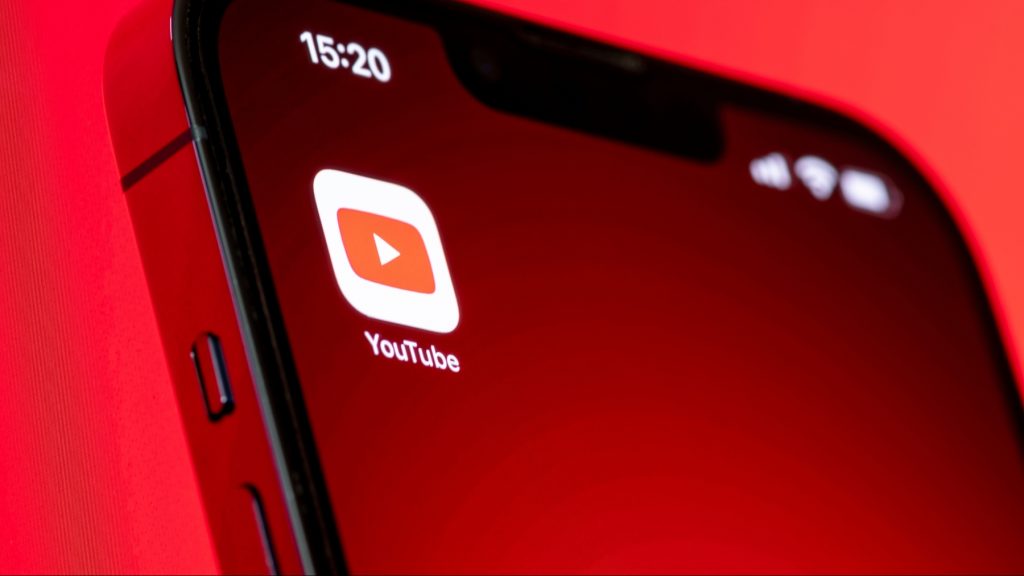
YouTube ad-blockers are at risk as the company explores server-side ad injection to stop the attempts to bypass ads, possibly disrupting user experiences.
YouTube is infamous for its countless, and often intrusive ads. To bypass them, many people have resorted to using YouTube ad-blockers, which violate the terms of service. For years now, YouTube has been trying to stop users from bypassing its ads, encouraging them instead to buy its Premium subscription. But the public was mostly not interested in paying the fees. They are developing tools like ReVanced which modifies the default YouTube app to enable Premium features, including ad-blocking. And as time went on, the methods grew increasingly sophisticated.
Some users just use VPNs to access YouTube from countries where ads are restricted, like Myanmar, Albania, or Uzbekistan.
Some of the tools are actually quite simple, like SponsorBlock. It has a user-driven model and allows users to skip sponsored segments within videos using a crowdsourced database. As they are watching, users would flag sponsor segments, showing others what to skip.
Modern Solutions
According to a post from the SponsorBlock team on X (FKA Twitter), YouTube is testing server-side ad injection, a method that could prove to be quite a challenge for YouTube ad-blockers.
The way server-side ad injection works is they insert ads directly from YouTube’s servers, making it harder for ad-blockers to detect and bypass them. This solution doesn’t only deal with YouTube ad-blockers, however. It could potentially interfere with timestamped video links and chapter markers, although YouTube could adjust subsequent timestamps to account for ad lengths.
YouTube would also need to automatically skip these ads for Premium users, inadvertently providing information that YouTube ad-blockers could exploit. This added complexity in ad delivery, while essential for YouTube’s ad-revenue model, could degrade user experience and slow content delivery.
The platform must consider how far it should go to combat YouTube ad-blockers without alienating its user base. While sophisticated countermeasures like server-side ad injection might deter some users, they could also push others toward finding even more inventive ways to bypass ads. Or alternatively, they could push their users into the arms of a competitor that doesn’t bombard them with ads.
Inside Telecom provides you with an extensive list of content covering all aspects of the tech industry. Keep an eye on our Tech sections to stay informed and up-to-date with our daily articles.